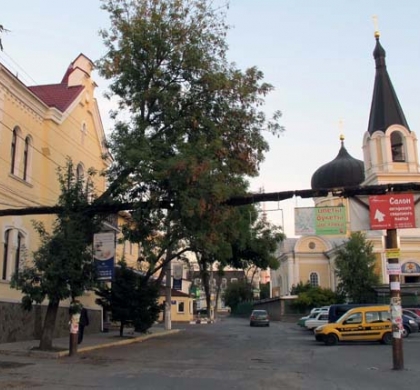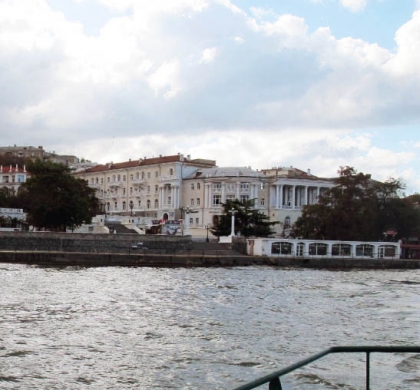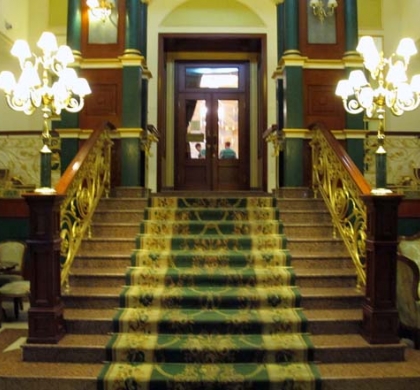Buy or gift a stand-alone digital subscription and get unlimited access to dozens of back issues for just £18.99 / $18.99 a year.
Please register at www.exacteditions.com/digital/cornucopia with your subscriber account number or contact subscriptions@cornucopia.net
Buy a digital subscription Go to the Digital EditionSalacık, a mile upstream from the palace of Bahçesaray, is the place where it all began – the site of the original palace of the khans, Devlet Saray, and the burial ground of its three most celebrated sons. Two were the Giray khans who founded the khanate and turned the it into a powerful player in Renaissance politics. The third was Ismail Bey Gaspıralı, the newspaper owner and teacher, whose energy and vision wrenched Islam out of the dark ages by bringing literacy to millions of Muslims at the beginning of the 20th century.
Hacı Giray Khan, who died in 1462, founded the Crimean khanate after winning over the khans of the Great Horde (heirs of the Golden Horde). He and his son Mengli Giray Khan are buried in the monumental türbe at Salacak. Mengli Giray was Süleyman the Magnificent’s grandfather through his daughter Ayşe, who married Yavuz Selim, the Ottoman conqueror or Egypt.
According to the inscription above the door, the türbe was constructed by Mengli Giray in 1501, though, given Hacı Giray’s death in 1466, this may have been the date it was rebuilt (Oleksa Haiworonski).
The tomb in Salacık (writes Tim Stanley) consists of a polygonal tomb chamber fronted by a pishtaq – an entrance arch that rises higher than the roofline. This is a standard formula for monumental tombs built in the later Middle Ages in Anatolia and adjoining countries. The carved stone decoration is a local version of the decoration found in central and eastern Anatolia at an earlier date.
The carved stonework is the most luxurious of Bahçesaray’s Seljuk monuments. ‘The portal is richly ornamented with fine stone-carving,’ writes Haiworonski, and includes ‘practically all basic ornamental motives of the Seljuk style’, from ‘geometrical and plant ornaments to stalactite patterns in the lateral niches and on the portal arch’.



 Issue 66, December 2023
Turkey’s Centenary Issue
Issue 66, December 2023
Turkey’s Centenary Issue

Cornucopia works in partnership with the digital publishing platform Exact Editions to offer individual and institutional subscribers unlimited access to a searchable archive of fascinating back issues and every newly published issue. The digital edition of Cornucopia is available cross-platform on web, iOS and Android and offers a comprehensive search function, allowing the title’s cultural content to be delved into at the touch of a button.
Digital Subscription: £18.99 / $18.99 (1 year)
Subscribe now